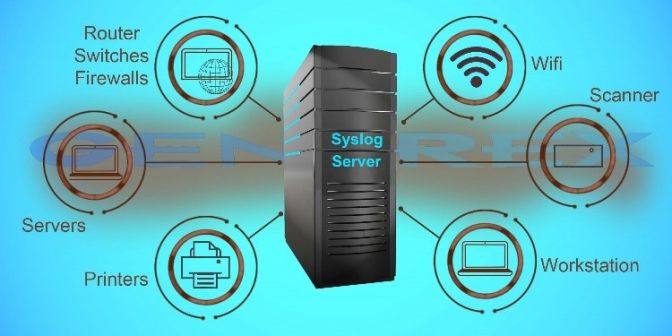What is „Syslog“ and why does one especially need „Remote Syslog” with their CS141/BACS?
It is not possible or feasible to "start from scratch" every time a given network product becomes otherwise obsolete or reaches EOL status ("End-Of-Life"). As such, over time every network grows into a heterogeneous structure in which different hardware manufacturers have inherently instilled upon it their very own operating concepts. In the event of a network error in such a heterogeneous network, the responsible administrator is left with little choice: if they’re unlucky, they will need to "surf" each individual device with software from the manufacturer in order to download the necessary log files (event logs) and transfer them into a uniform format so that the process can be automated - or "read" each entry in the log file themselves and draw the right conclusions, accordingly. This is far from what might be called “user-friendliness” and is completely unsuitable for practice in large networks – and yet, that’s precisely the practice for many such administrators in the field of UPS network devices.
Many of the primarily Chinese suppliers of UPS network cards certainly offer "download management tools" that can take over the "collection work" at this point, but only support their own products and rarely allow the data to be transferred to another format for evaluation. Automation is not possible with such devices and is only acceptable for small networks.




